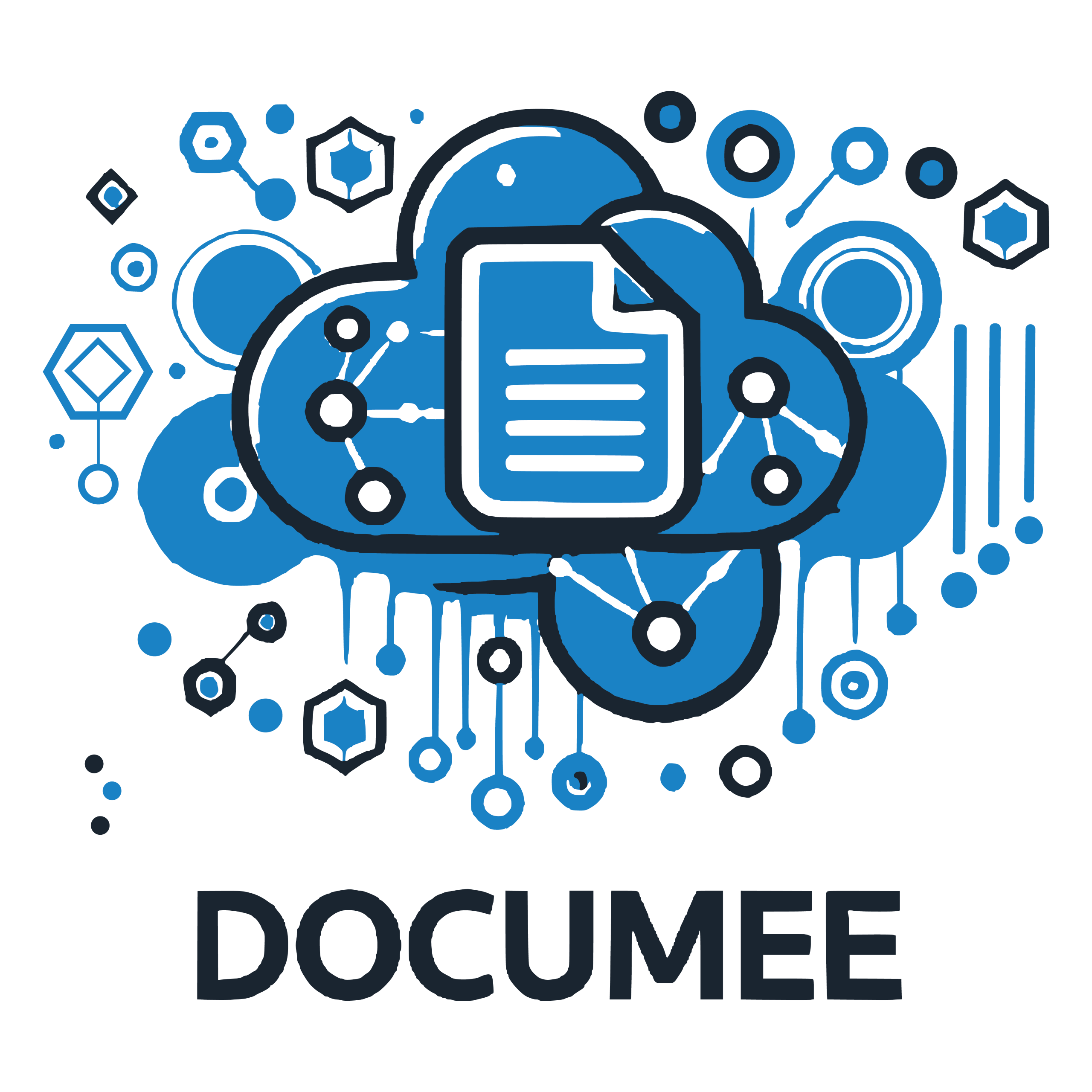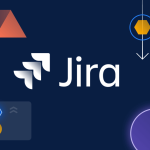As organizations navigate the evolving landscape of documentation, creating a sustainable and effective documentation strategy becomes crucial. This blog explores how to blend traditional best practices with modern AI capabilities to create a robust documentation ecosystem.
The Three Pillars of Modern Documentation
- Process Integration
- Documentation as code
- Automated workflows
- Continuous updates and validation
- Technology Stack
- AI-powered documentation tools
- Version control systems
- Collaborative platforms
- Knowledge bases and wikis
- Cultural Framework
- Documentation-first mindset
- Clear ownership and responsibilities
- Regular reviews and updates
- Recognition for documentation contributions
Cost-Benefit Analysis of Modern Documentation Practices
Investment in modern documentation practices shows remarkable ROI:
Initial Investment:
- AI-powered documentation tools: $2000-8000/year
Annual Returns:
- Reduced onboarding time: $50,000-100,000
- Improved productivity: $100,000-200,000
- Reduced support costs: $75,000-150,000
- Knowledge retention: $200,000-400,000
Looking Ahead: The Future of Documentation
The future of documentation lies in the following:
- Real-time, collaborative documentation
- AI-powered predictive content creation
- Augmented reality integration for visual documentation
- Natural language processing for documentation generation and consumption
- Blockchain for documentation verification and tracking
Organizations that invest in modern documentation practices today will be better positioned to adapt to future changes and maintain their competitive edge in an increasingly digital world.
Conclusion
The evolution of documentation from a necessary evil to a strategic asset represents a fundamental shift in how organizations view and manage their knowledge capital. By embracing AI-powered solutions while maintaining human oversight, companies can create more efficient, accurate, and valuable documentation systems that drive success across all levels of the organization.







